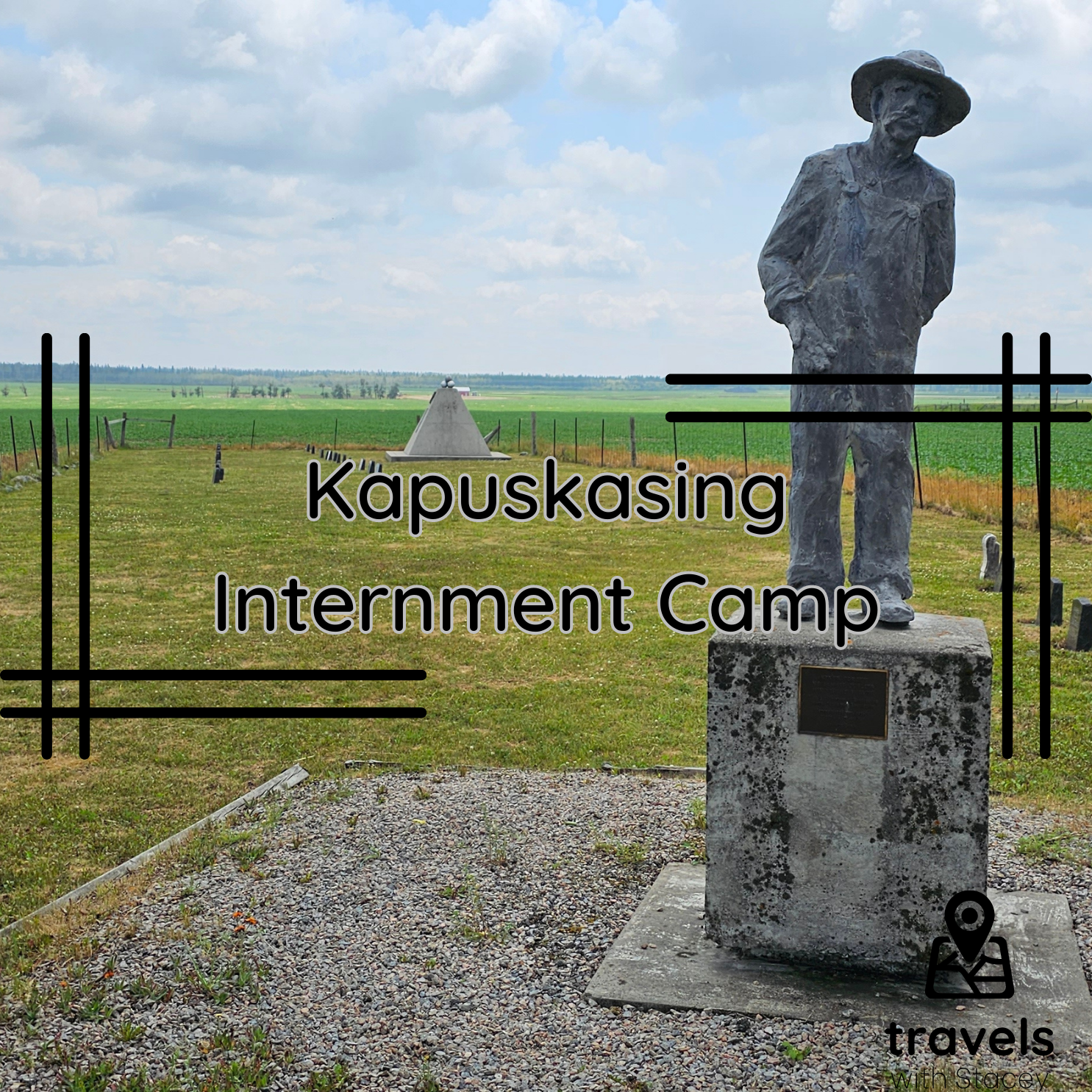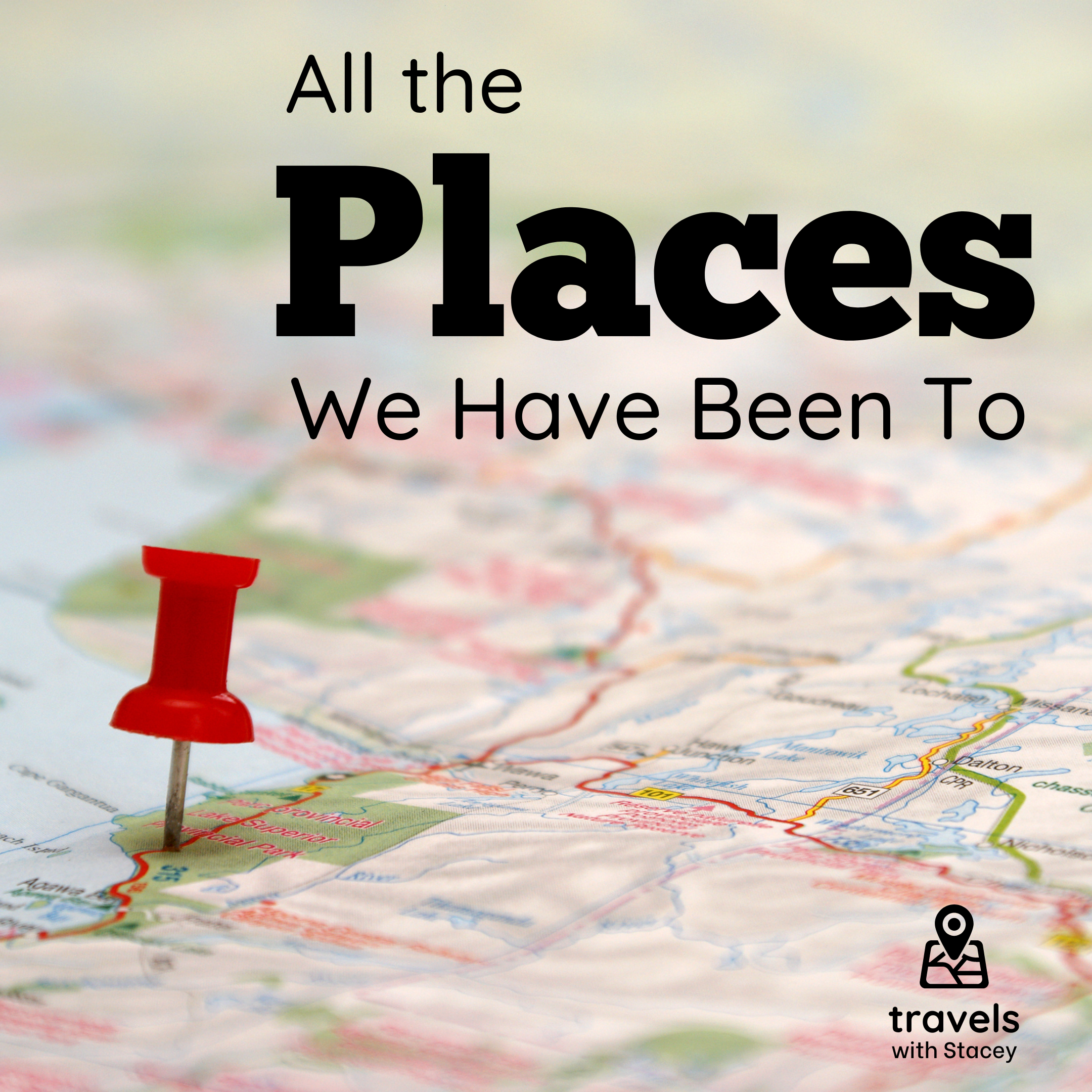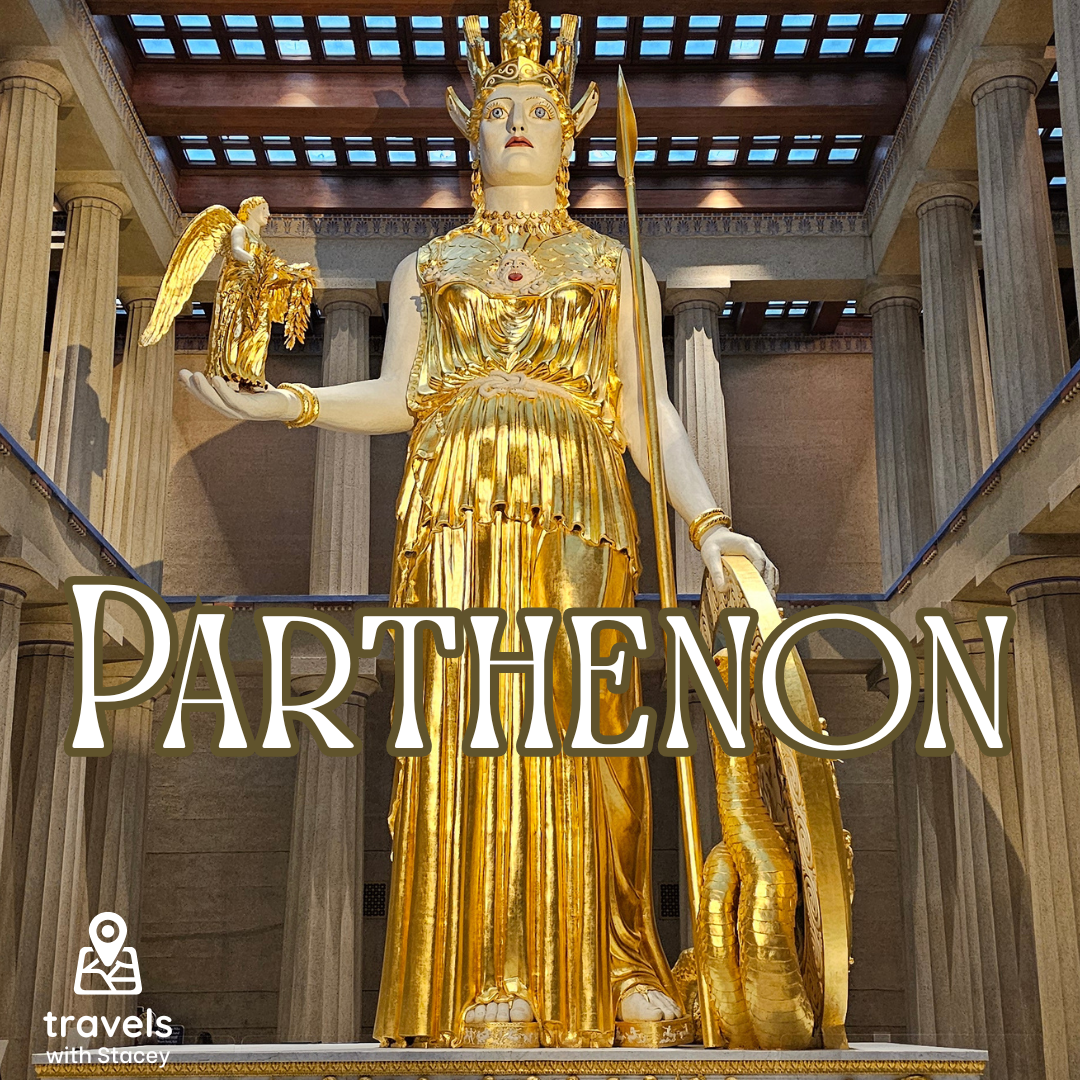Kapuskasing Internment Cemetery was a surprise.
This cemetery was an add-on to our trip. Initially, we drove by it, not knowing it even existed. We were still reeling with the shock of reading what Canada did to Ukrainians back in World War One.
The day was July 1, 2023. We had left 12 hours ago for our trip to Alaska and back. We had stopped in Kapuskasing, hoping to see a couple of museums where we would encounter my biggest pet peeve: a closed attraction. There were some outside exhibits, and we needed a break to stretch after being in the car for so long. Charlene stumbled upon a sign, and we could not believe what we read.

I am well aware that Canada does not have a perfect history with foreigners. The Japanese were the largest group forced out of their homes and locked away in camps in World War Two. Jews refused entry because they were Jewish and, therefore, could not escape the punishing treatment by the Nazis. Chinese labourers did deadly jobs with slave-like wages. And most recently, the children of our native people were locked away in residential schools, which only ended as recently as the 1990s.
I was not aware of the plight of the Ukrainians.
When planning the places we would see and the route to take, I noticed many places of Ukrainian heritage. It almost seemed that the dominant immigrant group was Ukrainians when the Canadian West was being settled. Everywhere I looked were Ukrainian churches, heritage sites, museums and stores. I learned that Canada would invite Ukrainians to claim land in the West. Ukraine and the western provinces are very similar, so it was a natural move to leave the old country and move to this new country.
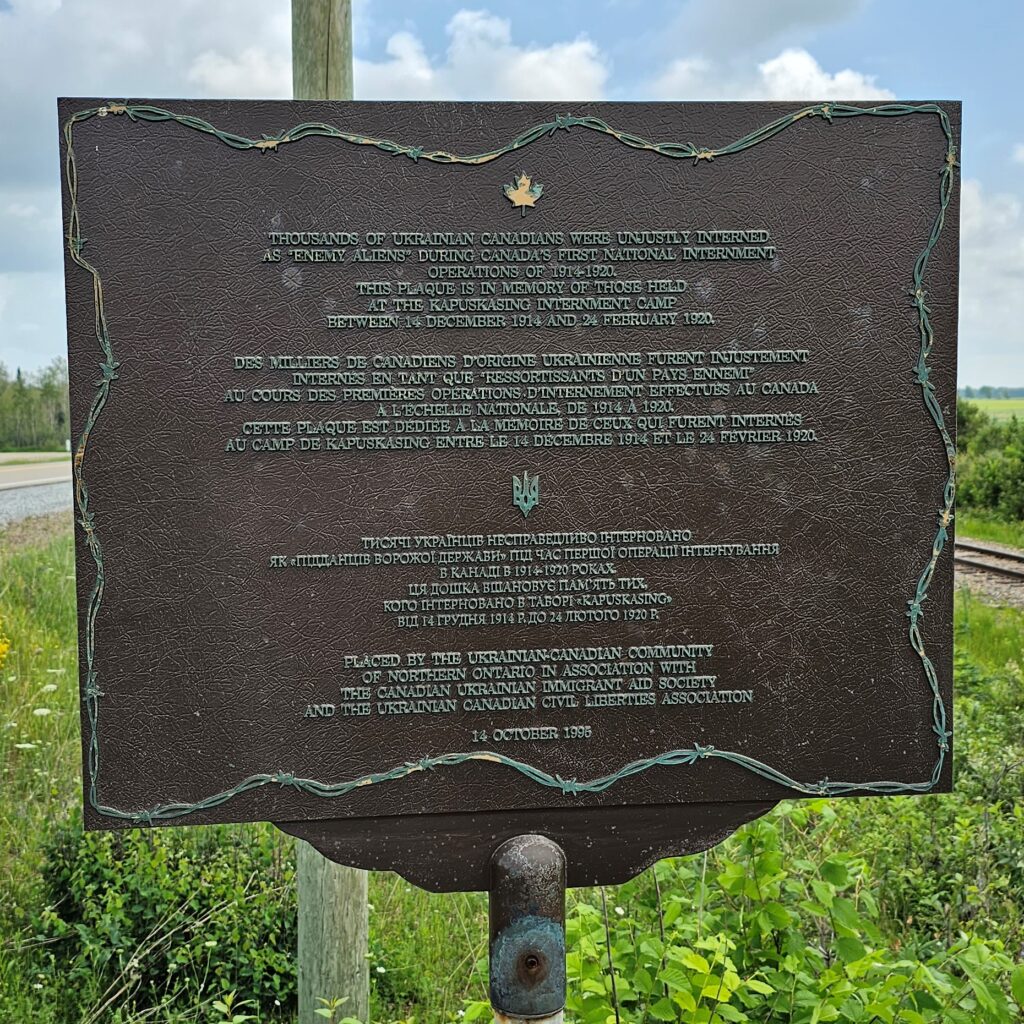
Leaving Ukraine was an easy decision for many. Ukraine was under the rule of the Austro-Hungarian Empire, and the system of power was Serfdom. This repressive system forced many to live in a lifetime of poverty with no hope of ever escaping it. Canada was a haven that offered freedom, hope, and something they could never get in Ukraine: their own land. Property ownership was unheard of for most Ukrainians. They could only go into the woods to pick berries if they paid the landlord first. So when Canada offered them freedom and land, untold thousands fled their repressive society and thrived in the freedom of Canada.
Then the war happened. Canada joined her allies against the “forces of evil,” of which one was the Austro-Hungarian Empire. In the craziness of war, people get stupid. Invited Ukrainians who loved their new home of Canada were now seen with suspicion because they were citizens of the Austro-Hungarian Empire. Fearing a rebellion, thousands of innocent Ukrainians were locked away in internment camps. One of which was located just outside Kapuskasing, Ontario.
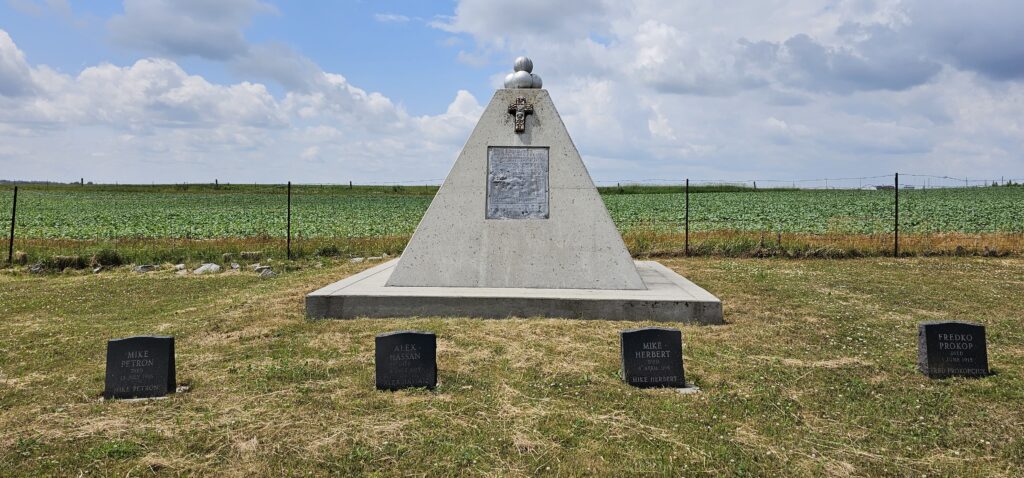
Charlene and I just heard of this today. It was a complete shock to our system, and while we drove out of Kapuskasing, it was all we talked about. I spotted a very small sign that said Kapuskasing Internment Cemetery. I turned around, and we walked among the few headstones that remained. We were saddened to see the graves of children here.
When we travel, many places we see bring us awe and inspiration. Places like waterfalls, other natural wonders, and man-made places like mansions and museums are our favourites. Then there are these places of tragedy, and we learn of the suffering of people who were very much like everyone else, finding their lives taking a wrong turn.
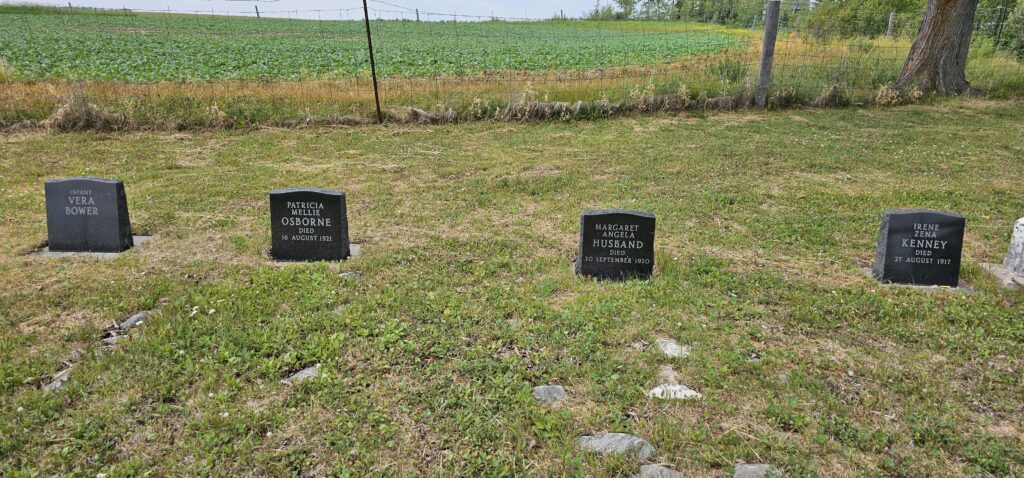
- To find this and all the other locations we have visited, check out Featured Map for directions on how to get here.
- To see the original map of our Alaska trip, click here. Some of the places we could not go to (for various reasons), and some areas we added which are not included in this map. To see those, click on the Featured Map.
- The original itinerary for this trip can be seen here.
- The cemetery is located just outside of town. There is no parking for it, except on the side of the road.

